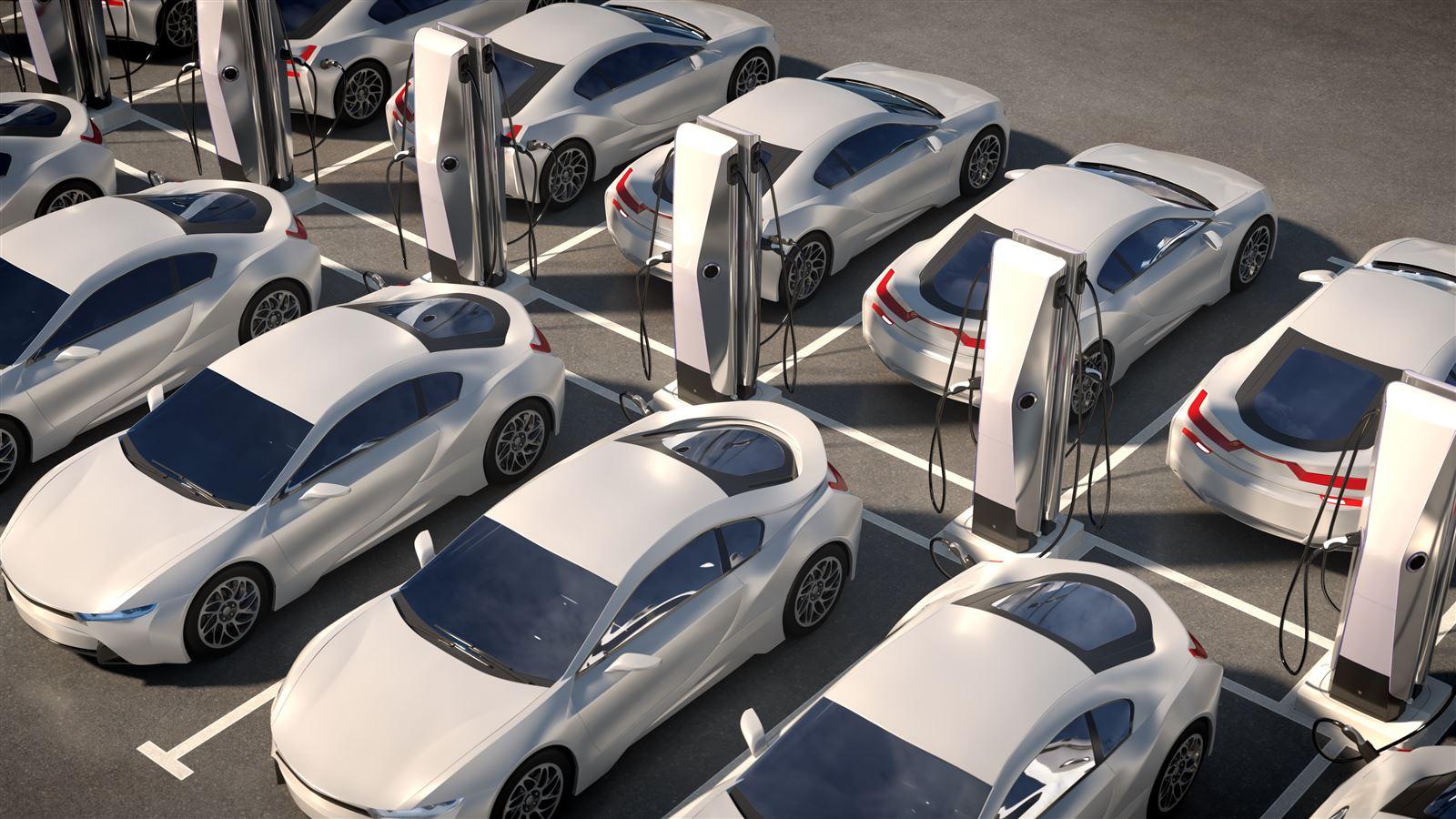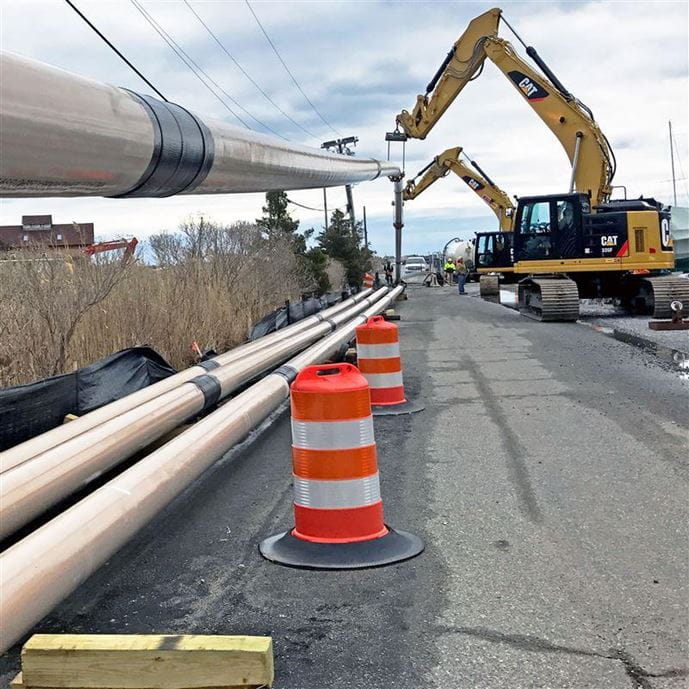Fleet Conversion: Keys to Coverage
According to the International Energy Agency (IEA), a global forum of 29 industrialized countries that track and analyze energy trends, the deployment of public charging infrastructure is critical to spur sustained growth of electric vehicle (EV) sales and widespread adoption. Currently, though, the IEA says most owners charge their EVs at home.
“Although there are many more private chargers, public charging and the interoperability of its infrastructure is key to enabling more widespread adoption of and more equitable access to EVs,” reads an IEA report called Trends in Electric Charging.
To that end, the U.S. intends to build a national network of at least 500,000 public chargers by 2030. That commitment is funded by the Bipartisan Infrastructure Law, which invests $7.5 billion in EV charging alone. Referred to as the “backbone” of high-speed chargers, the proposed network will proliferate throughout major roads, freeways, and interstates across the U.S., with stations no less than every 50 miles.
“Coverage is key,” says Michelle Stark, an electrical engineer, who has been designing and building electrical systems for almost 30 years. One of her more recent projects involves the electrification of a fleet for a major utility in the northeast.
Especially in rural areas, where power sources are normally scarce, embarking on an electrification project can be daunting. While insufficient public charging options could lead to customer dissatisfaction, excessive infrastructure could become uneconomical. “We always need to find the appropriate balance,” says Stark.
Adequate coverage alleviates range anxiety and supports the use of vehicles with smaller batteries, which in turn decreases expenses and the need for materials in high demand. Striking the right balance means maximizing use and ensuring the contentment of electric vehicle users.
We always need to find the appropriate balance.
Christopher Korzenko, an expert in energy management, has also worked on significant municipal fleet conversion projects. According to Korzenko, many local governments have the same anxieties about range and reliability as the average consumer.
“Even though these are projects mandated by state legislatures to achieve climate goals, we have to remain sensitive to the concerns of the municipalities where this infrastructure is installed,” says Korzenko.
Korzenko and Stark agree that planning is critical. If not managed properly, new EV infrastructure could lead to a surge in peak demand. For that reason, communities should ensure that transmission and distribution grids are appropriately sized and equipped.
“With proper planning,” says Stark “evaluating the power consumption, and looking at the existing electrical infrastructure we can assess the power situation for each case.”
According to IEA, strategies to manage charging, like time-of-use tariffs and smart-charging, will become more necessary as EV deployment grows. “There are also alternative energy sources that will play a crucial role,” Stark says. “That includes renewables like solar, as well as corresponding battery energy storage systems.”

With proper planning we can assess the power situation for each case.

We have to remain sensitive to the concerns of the municipalities where this infrastructure is installed.







